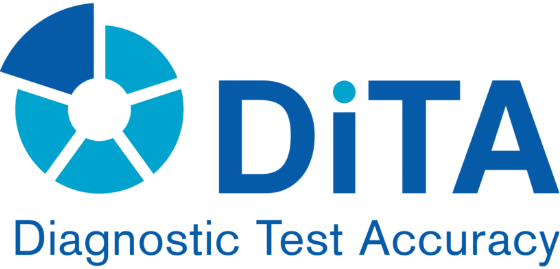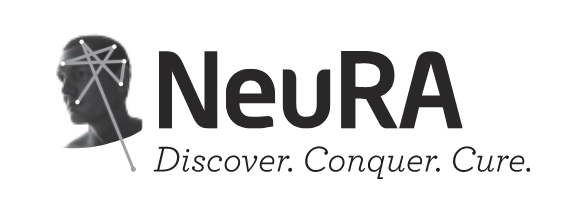Use the Back button in your browser to see the other results of your search or to select another record.
Impact of systematic ultrasonography on lateral ankle sprain management
Arcade A, Vermorel PH, Grange R, Bouthin B, Foschia C, Boutet C, Neri T, Grange S
Foot Ankle Surg 2025 Sep 11;Epub ahead of print(Check):Check
primary study
BACKGROUND: Lateral ankle sprain (LAS) is the most common traumatic injury, yet its diagnosis and management remain suboptimal. This contributes to a high prevalence of residual symptoms, negatively impacting patient quality of life and increasing healthcare costs. We hypothesized that routine ultrasonography (US) following LAS could significantly modify the treatment strategy established by a specialist. Additionally, we hypothesized that US is an efficient tool for identifying osseous injuries and associated ligamentous injuries. METHODS: Fifty-one ankles with lateral instability diagnosed in the emergency department (ED) were retrospectively included. A second evaluation by an orthopedic surgeon was conducted within the first ten days to establish the "initial treatment". All patients underwent US and MRI within the first three weeks after the initial ED assessment and were reevaluated to establish the "post-US treatment". We determined concordance between initial and post-US treatment. Additionally, we assessed the diagnostic accuracy of US for identifying osseous and associated ligament injuries, including the anteroinferior talofibular ligament (AITFL), deltoid ligament, spring ligament, calcaneocuboid ligament (CCL), dorsal talonavicular ligament (DTNL), and bifurcate ligament, MRI serving as the reference standard for assessing ligamentous and osseous injuries. RESULTS: Treatment for LAS was modified for 16 ankles (31.3 %) following US examination (W = 97, p < 0.05). US demonstrated excellent sensitivity (0.73) and specificity (0.95) for identifying osseous injuries. Additionally, US detected injuries to the AITFL in 6 ankles (11.8 %), deltoid ligament in 16 (31.3 %), spring ligament in 1 (2 %), CCL in 1 (2 %), DTNL in 1 (2 %), and bifurcate ligament in 2 (3.9 %). CONCLUSION: US examination following LAS was significantly associated with treatment modifications. It also proved high accuracy for detecting osseous injuries missed by plain X-rays and diagnosing associated ligament injuries. Given these findings, it appears relevant to update the current diagnostic algorithm for LAS, including US.
Full text (sometimes free) may be available at these link(s): ![]() help
help


